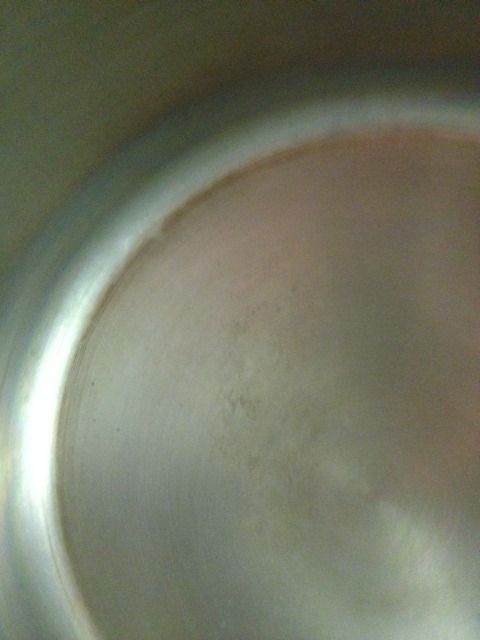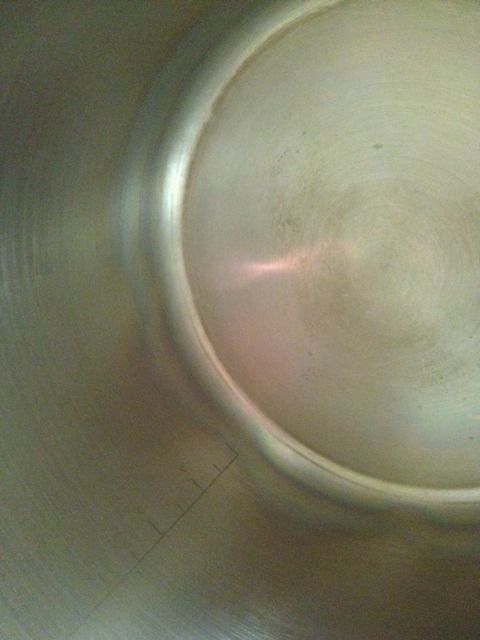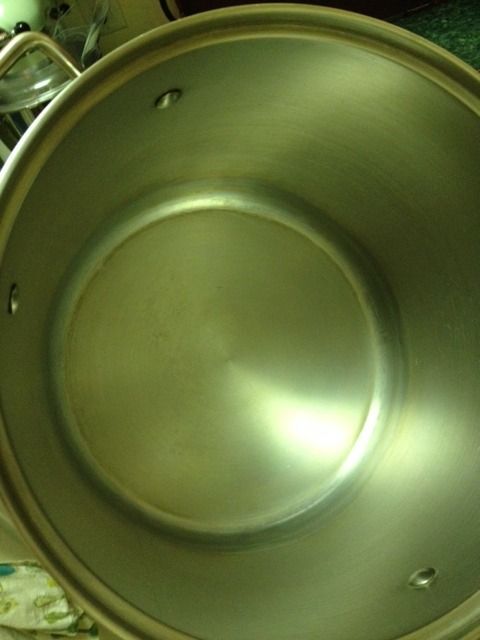JeffoC6
Well-Known Member
I posted this in the "Beginners Section," but I think it I may get some better help here.
I stopped brewing for awhile, as I got really frustrated 2 years back due to constant metallic tastes in my beers. I tried everything- using spring water, using distilled water with calcium chloride added, being overly careful about sanitation, etc. I just couldn't get anything to come out tasting the way it should. Every beer I'd open would have this metallic aftertaste, that would rear it's ugly head with every burp (you could clearly taste it in the beer, but definitely experience it when you'd burp after a few sips).
I still have the itch to brew, but I'm worried that if/when I start again, I'll just be dumping money down the drain by experiencing the same results.
I brew 1 gallon, All Grain batches. Some things that I'm looking to change this next time around include:
-Using a refractometer to eliminate possibly infecting my beer when taking samples (yes, I know that refractometers aren't 100% accurate/etc., but if it eliminates potential infections/oxidation, I don't care).
-Purchasing a new stainless steel brew kettle. The current kettle that I have, and the one that I've always used, is a 3 gallon stainless steel pot. I got it for Christmas probably about 8-9 years ago and used it to cook with. Chili, soups, pasta, steaming crab legs, etc. Then when I started brewing, I used it as well. My condo has insanely hard water, so all of the cooking/water I used in it prior most likely compromised the pot.
I stumbled upon this article and am very intrigued: http://www.eckraus.com/blog/cleaning-a-new-brew-kettle
I would clean it out my kettle with a sponge and the little green abrasive side as well, and put it away. I'd brew with it constantly, and I'm now thinking that may have been where my metallic off flavors were coming from.
I read the article (linked above) and tried the experiment, boiling water and then pouring it out to see if there's any rainbows/spots in the bottom of the kettle. Not only are there faint rainbows, but all sorts of spots, and what looked like hard water deposits (again we have very hard water, but I used distilled and spring water for brewing- though in the same pot). I'm guessing the use of the kettle prior to brewing (using simple tap water for pastas/etc) may have gunked up the bottom with hard water deposits, and thus, further caused my metallic off flavor issue.
Anyone have any experience with this? Does it sound feasible? I'm really excited that I may have found my problem, and coupling it with the use of a refractometer, I'm hoping that I can finally brew beer I'm proud of. If not, I may really be at wits end.
Here are some pictures of the kettle:



Would love to hear some of your thoughts on this. Does it appear that I do in fact need a new kettle? Do you think this is where my metallic off-flavors may be coming from (per the article linked)?
Thanks everyone...
Signed,
Frustrated Brewer
I stopped brewing for awhile, as I got really frustrated 2 years back due to constant metallic tastes in my beers. I tried everything- using spring water, using distilled water with calcium chloride added, being overly careful about sanitation, etc. I just couldn't get anything to come out tasting the way it should. Every beer I'd open would have this metallic aftertaste, that would rear it's ugly head with every burp (you could clearly taste it in the beer, but definitely experience it when you'd burp after a few sips).
I still have the itch to brew, but I'm worried that if/when I start again, I'll just be dumping money down the drain by experiencing the same results.
I brew 1 gallon, All Grain batches. Some things that I'm looking to change this next time around include:
-Using a refractometer to eliminate possibly infecting my beer when taking samples (yes, I know that refractometers aren't 100% accurate/etc., but if it eliminates potential infections/oxidation, I don't care).
-Purchasing a new stainless steel brew kettle. The current kettle that I have, and the one that I've always used, is a 3 gallon stainless steel pot. I got it for Christmas probably about 8-9 years ago and used it to cook with. Chili, soups, pasta, steaming crab legs, etc. Then when I started brewing, I used it as well. My condo has insanely hard water, so all of the cooking/water I used in it prior most likely compromised the pot.
I stumbled upon this article and am very intrigued: http://www.eckraus.com/blog/cleaning-a-new-brew-kettle
I would clean it out my kettle with a sponge and the little green abrasive side as well, and put it away. I'd brew with it constantly, and I'm now thinking that may have been where my metallic off flavors were coming from.
I read the article (linked above) and tried the experiment, boiling water and then pouring it out to see if there's any rainbows/spots in the bottom of the kettle. Not only are there faint rainbows, but all sorts of spots, and what looked like hard water deposits (again we have very hard water, but I used distilled and spring water for brewing- though in the same pot). I'm guessing the use of the kettle prior to brewing (using simple tap water for pastas/etc) may have gunked up the bottom with hard water deposits, and thus, further caused my metallic off flavor issue.
Anyone have any experience with this? Does it sound feasible? I'm really excited that I may have found my problem, and coupling it with the use of a refractometer, I'm hoping that I can finally brew beer I'm proud of. If not, I may really be at wits end.
Here are some pictures of the kettle:



Would love to hear some of your thoughts on this. Does it appear that I do in fact need a new kettle? Do you think this is where my metallic off-flavors may be coming from (per the article linked)?
Thanks everyone...
Signed,
Frustrated Brewer

